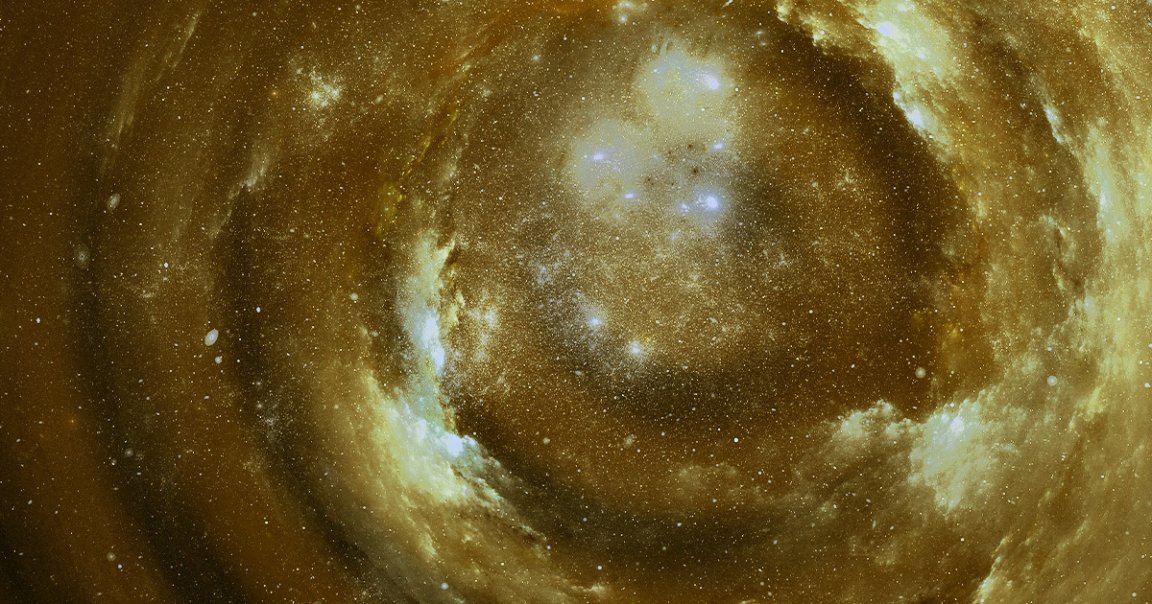
Starless Wonders
After the James Webb Space Telescope discovered dozens of rogue Jupiter-sized objects drifting through space with no stars to orbit, a team of Mexican scientists decided to check out what kind of signals these bizarre bodies were emitting — and were stumped by what they found.
It all started last fall, when a duo of astronomers from the European Space Agency (ESA) published a not-yet-peer-reviewed paper about the objects they’re calling Jupiter Mass Binary Objects, or JuMBOs. These planet-sized objects, which the ESA scientists detected using the Webb telescope’s formidable infrared capabilities, appear to be dancing about the Orion nebula in pairs, like so many C-list celebrities on “Dancing With” — or in this case, without — “the Stars.”
Now, in a new interview with Live Science, Mexican astrophysicist Luis Rodríguez said that after the discovery of the JuMBOs, he and his team at the National Autonomous University of Mexico wanted to see if these unusual objects were giving off radio waves. So they combed through the archives of the US National Radio Astronomy Observatory and found that one of the duos — named JuMBO 24 — was indeed giving off a signal.
While the JuMBOs themselves are already strange enough, the pair Rodríguez and his team homed in on, as explained in a new paper published in The Astrophysics Journal Letters, is weirder still: they’re heavier than all the other pairs, and have the tightest space between them.
Weird Waves
To make the situation all the more peculiar, Rodríguez told the website that the radio emissions seemingly associated with JuMBO 24 aren’t the kind of twisting spiral waves that planets usually give off as an “unambiguous indicator” of their magnetic fields. Instead, the waves were strong but steady, which itself is odd because radio waves from other known types of objects, be they brown dwarves, planets, or pulsars, are generally far more variable.
This strange state of affairs makes pinpointing the waves’ exact origin difficult, but per the researchers’ estimates, there’s only a one in 10,000 chance the emissions were coming from something behind JuMBO 24.
When Live Science asked if the waves could be alien in origin, the Mexican astrophysicist explained that it was unlikely because, as he put it, the “fact that both components emit at similar levels favors a natural mechanism.”
Like many other discoveries made with the help of the JWST, the waves spewing off of JuMBO 24 provoke far more questions than answers. But in trying to figure out what’s going on with these remarkable bodies, Rodríguez and his team may be helping uncover out, at very least, “why some objects have detectable radio emission and others do not.”
More on Webb: James Webb Finds Most Ancient Black Hole Ever Discovered